3DPrint.com | The Voice of 3D Printing / Additive Manufacturing |
- 3D Printed Lab-On-Chip Breakthrough Achieved by USC Researchers
- $23M Funding Round to Expand 3D Printed Surgical Solutions from restor3d
- House 3D Printing Startup COBOD Builds Distribution Partnership PERI Group
- BMW Buys Wire Arc Metal 3D Printer from MX3D
- 3D Printing Webinar and Event Roundup: April 17, 2022
| 3D Printed Lab-On-Chip Breakthrough Achieved by USC Researchers Posted: 18 Apr 2022 06:30 AM PDT The 3D printing sector has obviously gone through a drastic evolution in the past several years. Nevertheless, there's still ample reason to believe that neither the technology nor the industry will start to reach their full potential until additional, similarly significant progress is made in automation. One of the best examples bearing this out is the shift in strategic focus from hardware to software, which some of the industry's most important companies are currently making. More and better automation is the main underlying goal of improving the software platforms used for operating 3D printers. The size of the object produced is probably the key factor determining how urgent of a priority it is, to automate the processes involved in 3D printing that object. As is also true of conventional manufacturing, this is simply because the most expensive and time-consuming items to produce tend to be those that are extremely large — or extremely small. One area in which 3D printing may inherently have the edge over conventional manufacturing, both in general as well as specifically in terms of automation, is in 3D nanoprinting. In the field of microfluidics — especially concerning any object referred to as a "lab on a chip" (LOC) — manufacturing the end-product requires a precision that should make 3D printing the ideal solution. Yet, at least with regards to vat polymerization, low-cost versions of the technology aren’t precise enough at this point to build layers of liquid resin at the 10-micron level required for microfluidic medical testing devices. A recent article published in the journal Nature Communications, however, documents a potential solution to this problem, developed by a research team at the University of Southern California's (USC's) Viterbi School of Engineering. LOC devices depend on tiny networks of internal channels, designed for the minuscule amounts of liquid that they collect to flow through. During the production process, while the surrounding surfaces harden into solids, the center — the internal channels — need to be left in the liquid state, so they can be flushed and left hollow during the post-processing phase. The primary issue with using vat polymerization for these devices is that the resin used in printing them is usually transparent, since the devices and their contents (blood or some other human bodily fluid) are generally meant to be looked at through microscopes. Although some opaque resins can be kept liquid at this scale, the clear liquids used for LOCs allow more light to pass through, leading to narrower than desired channels, which would become clogged if used. The solution developed by the research team at USC, led by Professor of Aerospace and Mechanical Engineering and Industrial and Systems Engineering Yong Chen, is ingenious in its simplicity. At the stage of the printing process in which the layers have to remain liquid, an auxiliary platform moves to momentarily block the light from solidifying the channels. The standard commercially available vat polymerization 3D printer, according to Professor Chen, can, at best, print at the 100-micron level with poor accuracy. 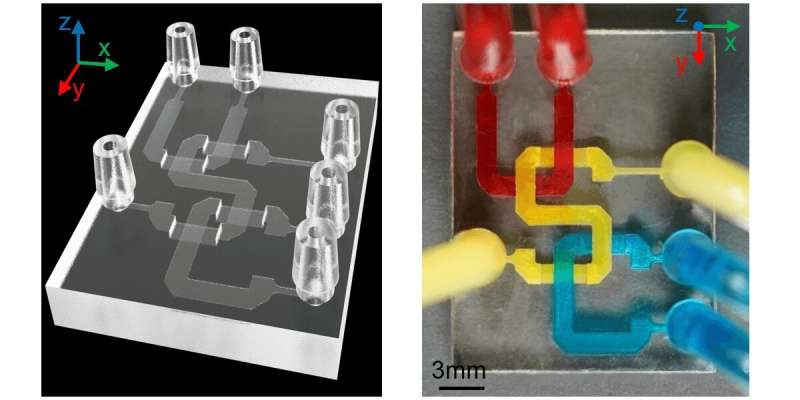 Professor Chen said that the solution his team developed allowed them to print their end-product within 10-micron ranges, "…and we can control it really accurately, to an error of plus or minus one micron. This is something that has never been done before, so this is a breakthrough in the 3D printing of small channels." Professor Chen said the team is currently filing a patent application for the method written about in Nature Communications, in addition to its seeking partners for commercializing the technique. If this technique leads to automated 3D-printing of LOCs, it's easy to imagine that the market it creates would almost certainly lead to the development of entire end-to-end platforms designed for the process. The most noteworthy thing about the USC team's solution, though, is that it wasn't created by developing an entirely new 3D printer, but rather by coming up with a slight modification that could work for many different printers. In this sense, it illustrates how much the potential for automating 3D printing processes — and thereby, contemporary industrial processes in general — will be opened up, simply by an increasing number of users adopting the technology. The post 3D Printed Lab-On-Chip Breakthrough Achieved by USC Researchers appeared first on 3DPrint.com | The Voice of 3D Printing / Additive Manufacturing. |
| $23M Funding Round to Expand 3D Printed Surgical Solutions from restor3d Posted: 18 Apr 2022 06:00 AM PDT A Research Triangle Park-based medical device company that is looking to reconstruct and repair the human body with 3D printing technology has raised $23 million in its fifth venture round. restor3d, a Duke University spinoff that designs and manufactures biomedical implants using its 3D printing technology platform, has now raised a total of $42 million in funding from over 100 investors. Known for giving surgeons the tools to reconstruct and repair portions of the human body with patient-specific 3D printed implants, restor3d merges 3D printing, biomaterials, biomechanics, and artificial intelligence. It specializes in custom implants used for trauma and oncology cases, as well as off-the-shelf, 3D-printed implants that have been cleared by the Food and Drug Administration (FDA) for foot and ankle, as well as spinal applications. Although the identity of the backers for this investment round was not revealed, restor3d did say it would use the funds to expand the delivery of 3D printed personalized surgical solutions across multiple musculoskeletal specialties, including the upper and lower extremity joints, spine, and trauma from musculoskeletal injuries. Additionally, the startup will develop machine learning software tools to assist engineers with patient-specific implant design; engage in fundamental research for preclinical and clinical studies and expand the commercial team to sustain its market traction. To support the company's growth, in early 2023, restor3d will move into a new facility less than an hour away from its current Durham, North Carolina location. The new site at the top high technology Research Triangle Park will expand its capabilities for patient-specific digital design, in-house manufacturing of implants and instruments, as well as surgeon training and education labs. Sharing the location with other 3D printing companies in the area, restor3d will be immersed in a unique community, with the potential for upcoming collaborations and partnerships. Other up-and-coming startups at the park include 3D software company Geomagic – now part of 3D Systems –, and 3D printing service provider Plastibot. Engineering professor at Duke University Pratt School of Engineering and restor3d Co-Founder and Chief Technology Officer (CTO) Ken Gall said he is "looking forward to entering our next phase of development" and appreciates the investors for "supporting our growth and the hard work of all our employees, surgeons, and distributors in helping to advance patient care." Implants for the future of surgeryFounded in 2017, restor3d came out of stealth mode after 2018, and its products and technology are based on Gall's scientific research and development in 3D metal printing at Duke. restor3d has since used laser powder bed fusion of medical-grade polymers and metals to create proprietary implants, like its osteotomy wedges and cervical fusion cages. It also aims to update the implant industry by luring surgeons to deliver 3D printed personalized surgical solutions across multiple musculoskeletal specialties. During a recent presentation, Gall said orthopedic reconstructions have been done through a "brute force solution," even though it has always been a patient-specific need. Instead, restor3d hopes pre-surgical planning and 3D printed patient-specific instruments and implants become part of all orthopedic surgeries in the future. Thinking primarily about the patient, Gall is a firm believer in leveraging 3D printing technology for surgical procedures, even to avoid amputation. A few years ago, Gall was charged with designing and printing a custom titanium implant for a young patient who had suffered critical damage to a bone in her lower leg during a vehicle accident.
Working with Adams, Gall’s group used the patient’s CT scans to inform the fabrication and design of a scaffold to support the patient’s weight while healing and growing new bone around the titanium structure. The result was a large, four-inch piece of porous and solid titanium that would replace the patient's damaged distal tibia. The challenge with leg or ankle implants, says Gall, is that they must be designed to be weight-bearing during the healing process, but must also promote bone growth; other complex factors include focusing careful attention not only on designing the anatomical external shape of the implant but considering how each patient's bones might grow based on their anatomy. Hopefully, what Gall is suggesting will become the bread and butter of the implant industry in the future. 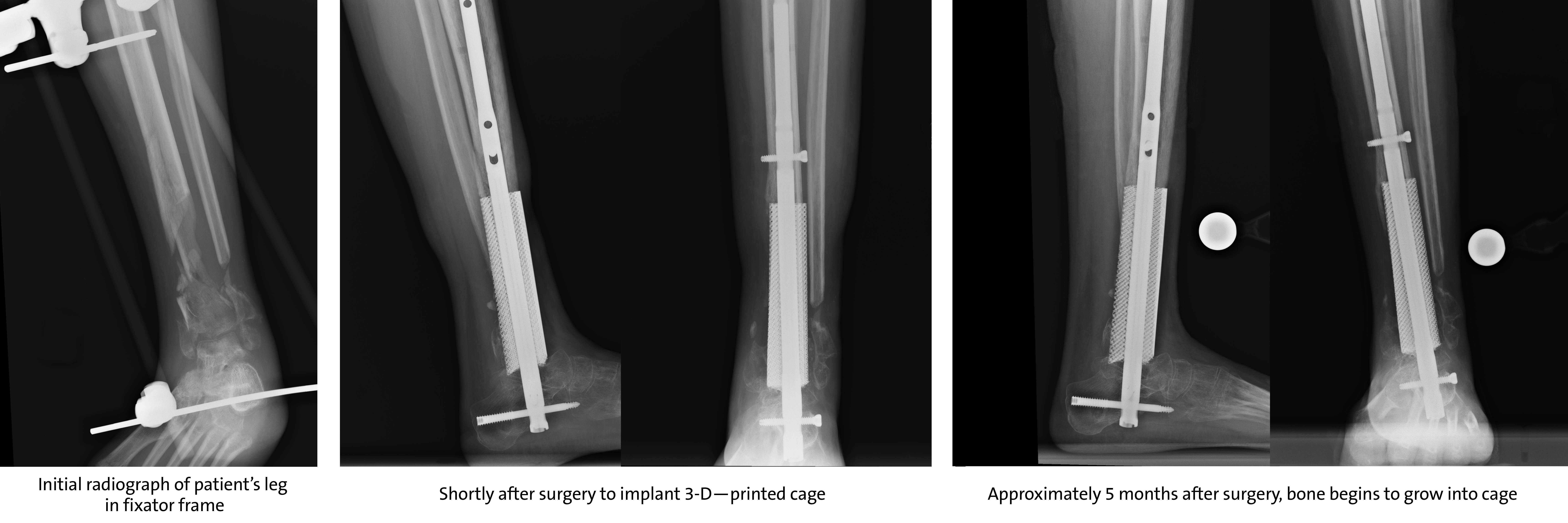 restor3d’s 3D printed implant replaces distal tibia bone after a serious accident. Image courtesy of DukeHealth. Nearing 100 employees, restor3d has actively patented six products, including custom surgical devices and implants that promote osseointegration (that is, bone ingrowth into a metal implant). The startup has been 3D printing implants with biomaterials such as titanium and cobalt chrome as well as biocompatible polymers and has worked closely with surgeons in the US to aid patients with severe orthopedic needs. For example, with Dr. Amiethab Aiyer, an orthopedic surgeon at the University of Miami (UM) in Florida, restor3d helped create a total talus replacement using a prosthetic metal bone 3D printed out of cobalt chrome, for a patient that suffers from a debilitating sickle cell disease, a genetic disorder that blocks blood flow and, in her case, caused avascular necrosis in her talus bones. Described by the institution as a "Terminator-style, 21st Century approach," the procedure, which took place in 2019, was successful and enough to put the Miller School of Medicine at the forefront of using 3D printing technology to create orthopedic solutions. In one of its most recent moves, restor3d announced a merger with Kinos Medical, a leading total ankle replacement company, which helped accelerate restor3d's expansion into the high-growth extremity arthroplasty markets in the U.S. One of its most well-known products is the proprietary Kinos Axiom Total Ankle System, which is described by the company as the first biomechanically accurate ankle system that mimics a patient's healthy range of motion while walking. restor3d has multiple FDA product clearances as well as collaborations and partnerships that make the company one of the most innovative in the sector. With the new funding and its 3D printed implant and disposable instrument model, restor3d will enable simultaneous expansion across these diverse markets to provide innovative solutions for pressing clinical needs. The post $23M Funding Round to Expand 3D Printed Surgical Solutions from restor3d appeared first on 3DPrint.com | The Voice of 3D Printing / Additive Manufacturing. |
| House 3D Printing Startup COBOD Builds Distribution Partnership PERI Group Posted: 18 Apr 2022 05:30 AM PDT Towards the end of 2021, the Danish additive construction (AC) company, COBOD International, made headlines thanks to a handful of projects that were completed by multiple COBOD customers in the U.S. Notably, on two of the projects — one in Tempe, Arizona, another in Williamsburg, Virginia — COBOD's customers partnered with the nonprofit Habitat for Humanity. On the Arizona project, the COBOD customer was in fact also one of COBOD's minority investors, PERI Group.
PERI Group, a leading global manufacturer and supplier of formwork and scaffolding materials, was founded in Germany in 1969. In 2018, the company acquired its stake in COBOD. The next year, PERI began distributing COBOD's BOD2 printer to a small number of customers in Europe and the United States. Now, COBOD and PERI have announced that they will be building on their existing partnership. PERI will be the official distributor of COBOD printers in eight U.S. states: Washington, Oregon, Nevada, Arizona, Illinois, Indiana, Michigan, and Texas. In addition, PERI, which already distributes COBOD printers in Germany, will expand its European distribution, entering the markets of Poland, the Benelux countries (Belgium, the Netherlands, and Luxembourg), and France. Possessing a longstanding, far-flung network of clients in the construction sector, PERI represents an ideal partner to find a foothold for a company with a technology that has proven its value, but which has also still largely not been adopted by relevant potential customers.
Images courtesy of PERI Group and COBOD International The post House 3D Printing Startup COBOD Builds Distribution Partnership PERI Group appeared first on 3DPrint.com | The Voice of 3D Printing / Additive Manufacturing. |
| BMW Buys Wire Arc Metal 3D Printer from MX3D Posted: 18 Apr 2022 05:00 AM PDT Dutch wire arc additive manufacturing (WAAM) developer MX3D is perhaps most known for its 3D printing of a metal bridge spanning a canal in the Netherlands. However, the company is in the process of growing into an established 3D printer manufacturer. MX3D announced the sale of an M1 DED 3D printer to the BMW Group. While MX3D has delivered several projects, including some for high-profile customers like the Takenaka Corporation, it only began commercializing its WAAM technology in earnest in 2021. The first system on the market was the M1. This includes an 8-axis ABB robot with Fronius GMAW/CMT welding machine and MX3D's MetalXL WAAM workflow with MX3D Control System. Among the M1's most unique features is the use of an industrial robotic arm to perform WAAM 3D printing. This allows for a great deal of flexibility in deposition area, enabling the deposition of low-cost metal feedstock as high speed almost in mid-air. Now, the company has begun to move out of the service and demonstration phase and is making printers for clients. After selling an M1 to Shimoda Iron Works Co Ltd, BMW Group is now going to be installing one at its Additive Manufacturing Campus in Munich, Germany. The deal is the result of "a series of successful R&D projects" between BMW and MX3D.
This is the latest 3D printing technology invested in by BMW, which has been a pioneer in automotive AM. After using AM in-house for years for prototyping and other applications, the company was the first to produce metal end parts for its racing car series Deutsche Tourenwagen Masters in 2010. The auto giant went on to manufacture custom name plates for MINIs, roof brackets for the i8, and more than 10,000 components for the Rolls Royce Phantom—ultimately 3D printing over one million parts by 2018.  The M1 metal 3D printer from MX3D. Image courtesy of MX3D. This bullish attitude toward AM drove the company to establish its AM Campus and explore a variety of emerging technologies, from HP's MultiJet Fusion and Metal Jet to a novel liquid 3D printing technology from Rapid Liquid Print. So, it's no surprise, then, that BMW is exploring the use of WAAM as it attempts to industrialize 3D printing. It's possible that it could be a useful tool for prototyping large metal parts or it could serve some exotic application at the moment. BMW could even see the possibility of developing some sort of Divergent-style cell for robotic printing and assembly of WAAM metal parts. Whatever it is, we may not see the results of its M1 usage for years to come. Images courtesy of MX3D. The post BMW Buys Wire Arc Metal 3D Printer from MX3D appeared first on 3DPrint.com | The Voice of 3D Printing / Additive Manufacturing. |
| 3D Printing Webinar and Event Roundup: April 17, 2022 Posted: 17 Apr 2022 05:30 AM PDT Stratasys and Velo3D are both continuing their 3D printing tours for this week’s webinar and event roundup. There will also be a Space Showcase, a course on metal powder bed fusion, an overview of end-to-end AM solutions, a medical 3D printing course, and more. The Experience Stratasys Tour ContinuesStratasys continues its Experience Tour this week in Arizona, starting with a stop in Flagstaff on Monday, April 18th. PADT is hosting this stop at Northern Arizona University, along with the stop on Wednesday the 20th at Arizona State University. There will be an additional stop at Arizona State University on the 20th, but this second one will be hosted by Purple Platypus.
You can register for the Stratasys Experience Tour here. Stay tuned for more dates and locations in the future! Velo3D Continues "Seeing is Believing" RoadshowOn Tuesday, April 19th, Velo3D will continue its "Seeing is Believing" AM roadshow in Pittsburgh, Pennsylvania. From 9 am until 3 pm EST at The Westin Pittsburgh, attendees will get the chance to see examples of parts printed by the company’s customers, and learn how Velo3D can help them create complex designs, achieve a more flexible supply chain and greater part performance, and help provide greater part repeatability. The Velo3D experts at this event will be Zach Murphfree, VP, Global Sales & Business Development; Matt Karesh, Technical Business Development Manager; and Will Hasting, PE, Director of Solutions Engineering.
You can register for the Pittsburgh roadshow event here, or email info@velo3d.com to request a ticket. TriMech on 3D Printing Production-Grade End-Use PartsTo learn about P3 and SAF 3D printing technologies by Stratasys, tune in at 10 am EST on the 20th for TriMech’s webinar, “The Future Is Now: Production Grade 3D Printed End-Use Parts.” The company’s AM Solutions Consultant Rich Annino will discuss these two leading AM processes for production-grade parts. He will cover the types of parts that are good candidates for transitioning to AM, how 3D printing is reducing reliance on injection mold tooling, which of these two production 3D printing processes are right for your product, and more.
You can register for the webinar here. MakerBot’s Virtual Summit on 3D Printing in EducationOn Wednesday, April 20th, MakerBot is holding its third annual virtual summit, “Igniting Student Innovation,” on 3D printing in education. There will be eight speakers during the summit, including educators and professionals across various industries, who will discuss the career paths they’re currently on because of 3D printing. Everything kicks off at 11 am EST with welcome remarks from MakerBot’s Education Manager Andrea Zermeño, and then there will be a few sessions, along with workshops for attendees interested in a deeper understanding of designing for and prototyping with 3D printing. The summit will conclude at 2:30 pm EST.
You can register for the free summit here. 3D Systems Space ShowcaseAt the Long Beach Marriott hotel in California, 3D Systems is holding a Space Showcase on the 20th from 1 to 10 pm EST. A team of industry experts will demonstrate the company’s solutions, discuss applications, and show large and small sample parts, such as heat exchangers, a hypersonic nacelle, an investment casting pattern, and more. There will be food and drinks available all day, along with brief presentations on topics like generative design, material allowables, and more.
You can register for the event here. Smart Manufacturing Experience April WebinarThe last webinar on Wednesday, April 20th, from 3 to 4 pm EST, is by SME, focused on “Workforce Development Support for Smart Manufacturing.” It’s one of the nonprofit’s monthly webinar offerings leading up to the Smart Manufacturing Experience event in Pittsburgh this June. Moderated by Dan Sloan, Strategic Partnerships Director for Tooling U-SME, panelists Conrad Leiva, Director of Ecosystem and Workforce Development for CESMII, and Lisa Masciantonio Chief, Workforce Officer at the Advanced Robotics for Manufacturing (ARM) Institute, will have a live discussion on some of the unique workforce challenges for the Smart Manufacturing workforce transformation, the tools and programs available to help upskill the incumbent workforce, and more.
You can register for this free webinar here. ASTM: Build Orientation & Supports for PBF-LBAt 10 am EST on Thursday, April 21st, ASTM’s AM Center of Excellence (AMCOE) is holding a webinar on “Metal PBF-LB Build Orientation and Supports Considerations.” Instructor Mark Kirby, with the University of Waterloo's Multi-Scale Additive Manufacturing (MSAM) lab, will teach attendees about the importance of supports, evaluating build layouts, and decision-making workflows, all in terms of metal PBF-LB technology. Topics will include support strategies for medical devices, the interaction between supports and orientation, support removal, neglected parameters, and more.
You can register for the webinar for $49 here. Stratasys on the Holistic Approach to AMContinuing its webinar series, Stratasys will present “A Holistic Approach to Additive Manufacturing” on Thursday at 12 pm EST. During this brief webinar, attendees will hear live customer testimonials of the company’s products from James Page, CTO of Riven; Oqton Application Engineer Robin Huizing; and Mark McGarry, Oqton Senior Sales Director. These speakers will explain what value they’re bringing to the Stratasys platform.
You can register for the webinar here. Improving Engineering Efficiency with ASME & OnshapeASME is holding a webinar on “Improving Engineering Efficiency: Top 5 Improvements Teams are Making Now” at 1 pm EST on the 21st. Mike LaFleche, Principal Technical Services Engineer for Onshape, will present the “top five” critical steps that product teams are taking to improve their performance in the future. Attendees will learn how to maximize their productivity by getting rid of CAD crashes and file corruption, version control confusion, and more.
You can register for the webinar here. 3D Printing in Prosthetics with 3DHEALS3DHEALS will focus on “3D Printed Prosthetics” in its latest webinar, at 2 pm EST this Thursday the 21st. Sponsored by HP, the webinar will be moderated by Dr. Jenny Chen, the Founder and CEO of 3DHEALS, and panelists will be Founder of PPprint GmbH Professor Hans-Werner Schmidt, with the Universität Bayreuth; Samer Moussa, MS, CPO, Product Manager – Strategy & Incubation, 3D Printing, for HP; CEO of the Victoria Hand Project Michael Peirone; Albert Shih, Professor in Mechanical Engineering, Biomedical Engineering, and the Institute of Gerontology at the University of Michigan; and Bryan Craft, Application Specialist with Spentys.
You can register for the webinar here. End-to-End AM Solutions by NAMIC & SMFAt 2 am EST, which is 2 pm SGT, “An Overview of the End-to-End Additive Manufacturing Solutions” will be presented in a webinar co-organized by NAMIC and the Singapore Manufacturing Federation (SMF). Spare Parts 3D will share how manufacturers can digitize their parts inventory and identify parts for 3D printing, while AM service bureau ELH Tech will present successful case studies to show the feasibility of adopting technology like AM. Attendees will also learn what kinds of support are offered to lower the barriers to AM adoption, including funding from NAMIC and training programs from Singapore Polytechnic.
You can register for the webinar here. RSNA Medical 3D Printing CourseThe final event in this week’s roundup is the “RSNA Medical 3D Printing in Practice” course, sponsored by 3D Systems and held at the Westin on Michigan Avenue in Chicago from April 22-24. The three-day course will feature lectures covering the clinical applications of 3D printing in several subspecialties, as well as panel discussions, abstract presentations, and software demonstrations. Attendees will also have the chance to network with exhibitors, including 3D Systems, who will showcase the latest 3D printing technology.
You can register for the course here, and schedule a meeting with 3D Systems here. Do you have news to share about any future webinars or virtual and live events? Please let us know! The post 3D Printing Webinar and Event Roundup: April 17, 2022 appeared first on 3DPrint.com | The Voice of 3D Printing / Additive Manufacturing. |
| You are subscribed to email updates from 3DPrint.com | The Voice of 3D Printing / Additive Manufacturing. To stop receiving these emails, you may unsubscribe now. | Email delivery powered by Google |
| Google, 1600 Amphitheatre Parkway, Mountain View, CA 94043, United States | |
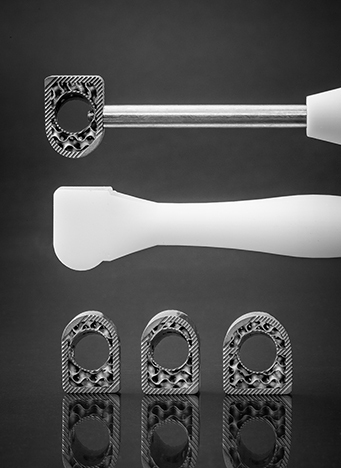
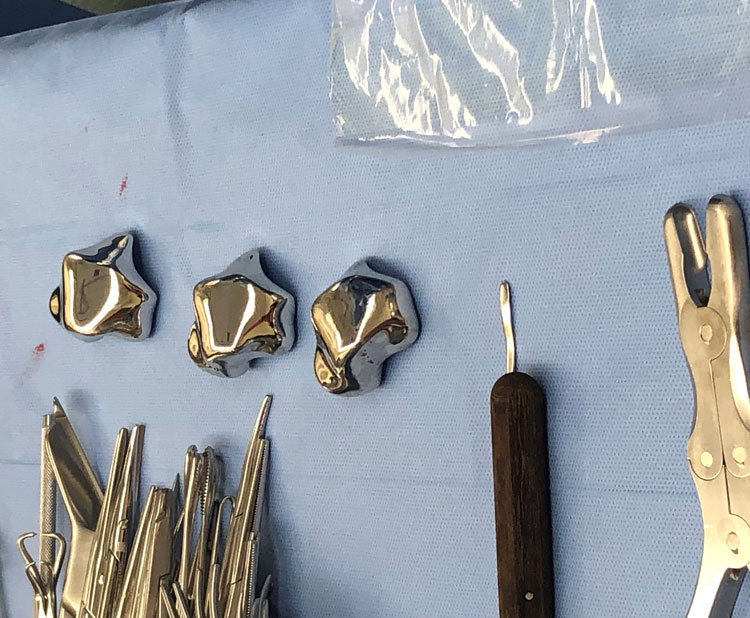
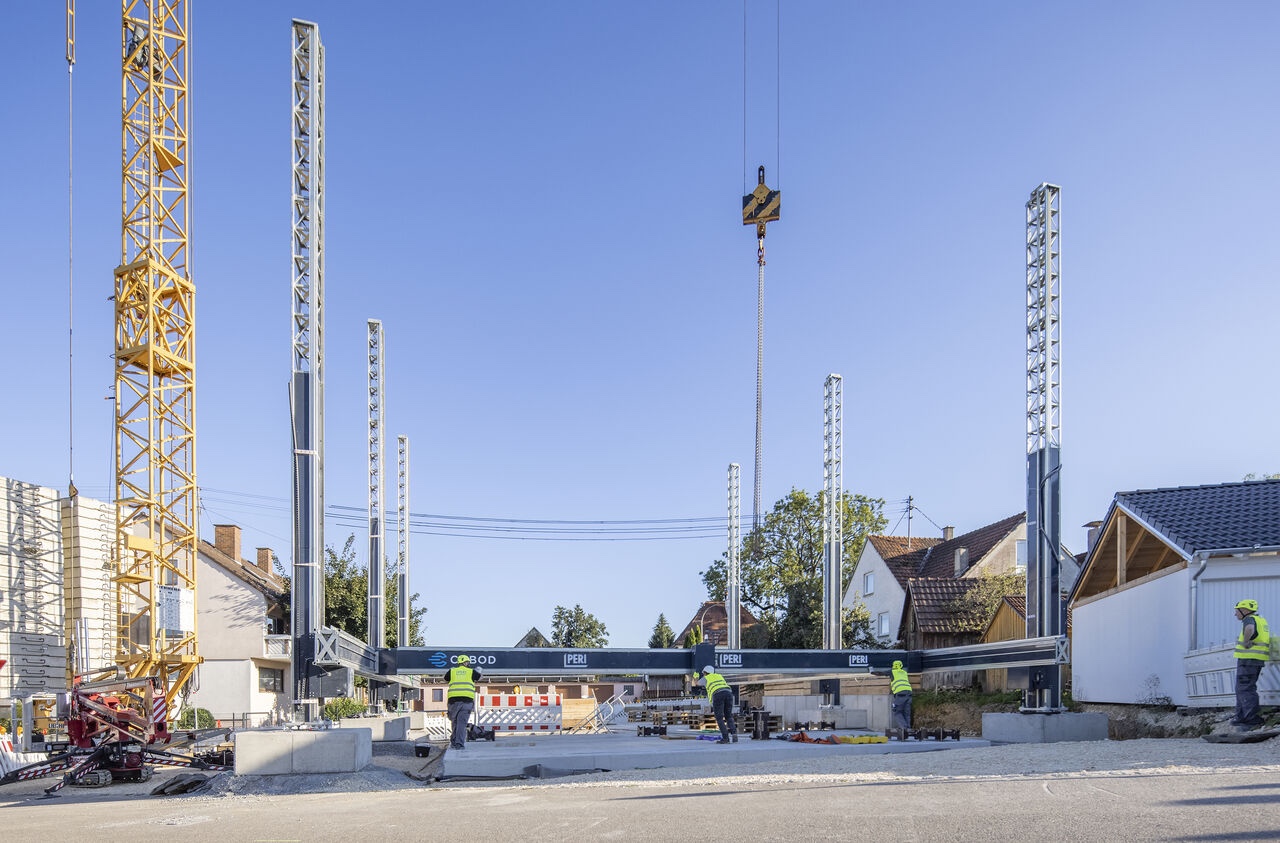
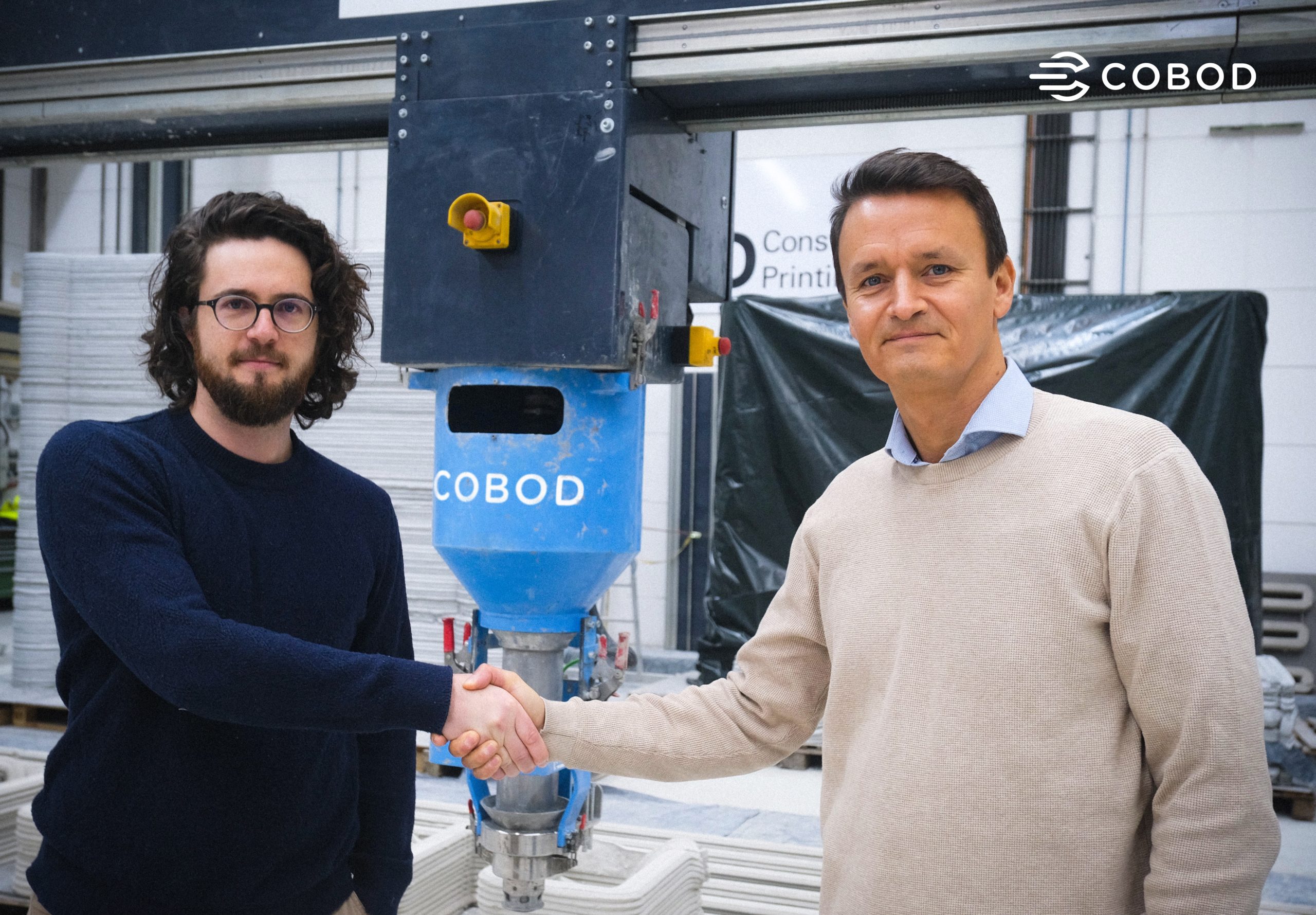 This news is
This news is 






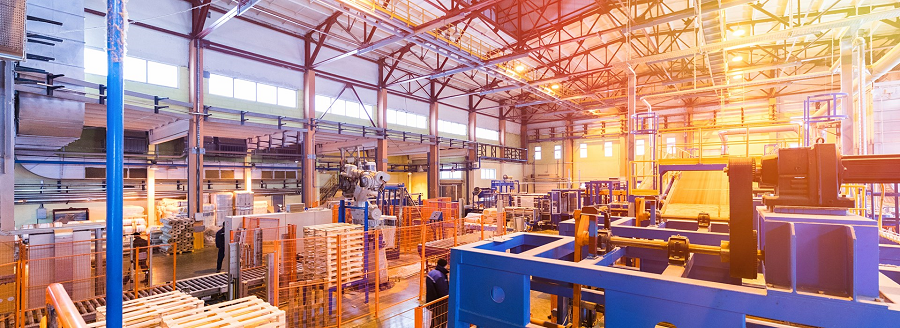


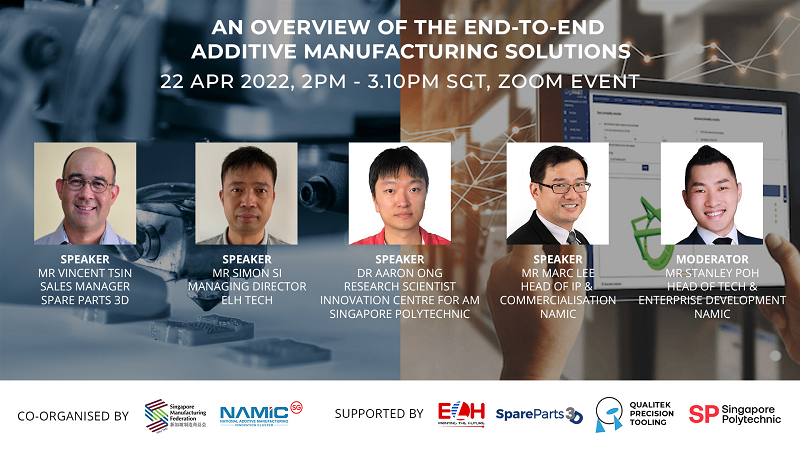
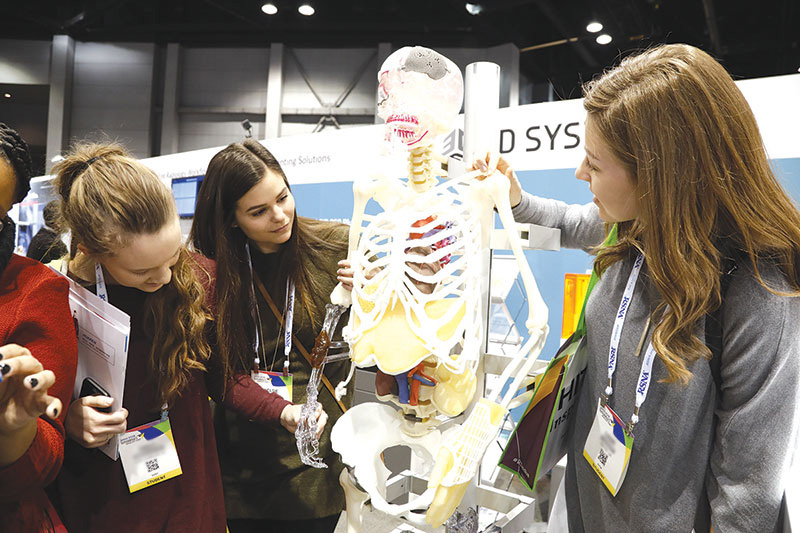

0 comments:
Post a Comment